Mulch is often referred to as the unsung hero of garden maintenance, quietly working beneath the surface to provide a multitude of benefits for your plants and soil. From conserving moisture and suppressing weeds to improving soil fertility and enhancing the aesthetic appeal of your garden, mulch plays a crucial role in creating healthy and vibrant outdoor spaces. Whether you’re a seasoned gardener or a novice, understanding the importance of mulch and how to use it effectively is key to maximizing the health and beauty of your garden.

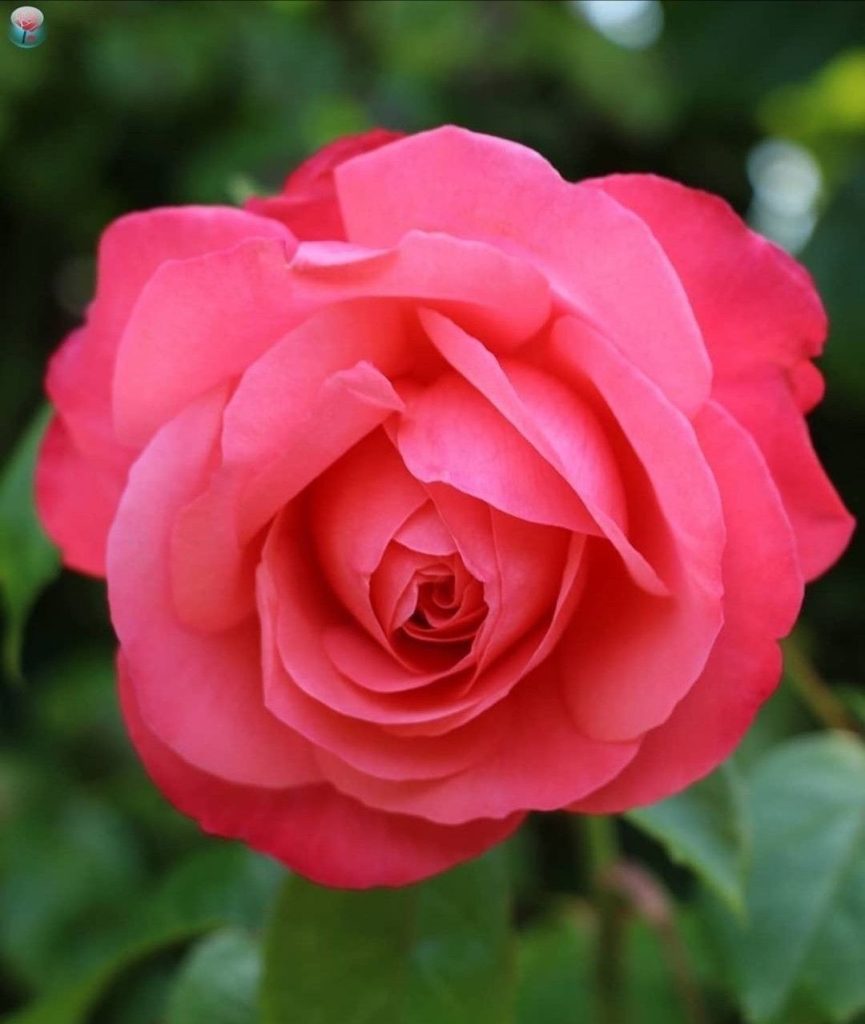

Moisture Retention: Keeping Plants Hydrated
One of the primary benefits of mulch is its ability to conserve moisture in the soil, reducing water loss through evaporation and ensuring that your plants remain adequately hydrated, especially during hot and dry periods. Mulch acts as a protective barrier, shielding the soil from direct sunlight and wind exposure, which can cause moisture to evaporate rapidly. By keeping the soil consistently moist, mulch helps to prevent drought stress, root desiccation, and wilting, allowing your plants to thrive even in challenging conditions.
Weed Suppression: Keeping Weeds at Bay
Mulch serves as a natural weed suppressant, helping to smother weed seeds and prevent them from germinating and establishing in your garden beds. By creating a dense layer over the soil surface, mulch blocks out sunlight and deprives weeds of the light they need to grow, reducing the need for hand weeding and chemical herbicides. Organic mulches, such as wood chips, bark, straw, or compost, are particularly effective at suppressing weeds while also providing additional benefits like soil enrichment and erosion control.
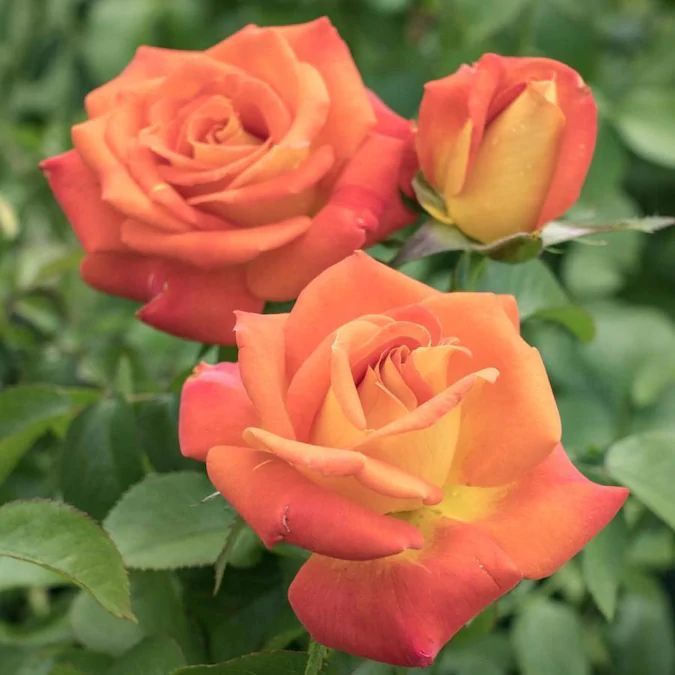
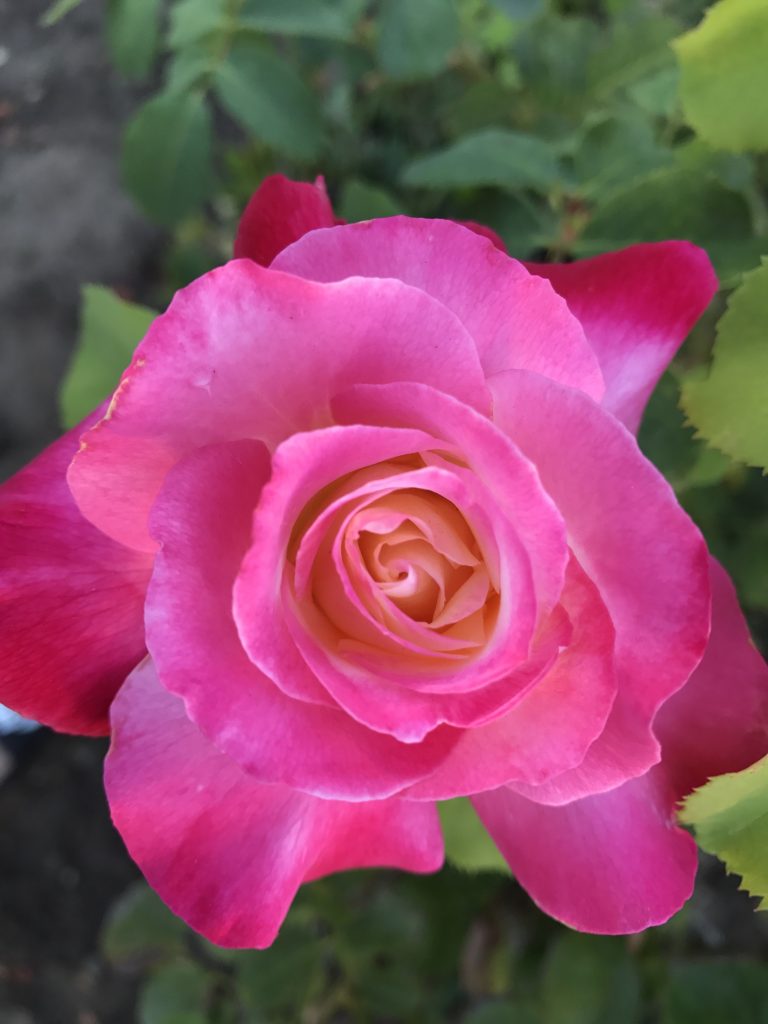

Soil Health: Nourishing the Earth
Mulch plays a vital role in improving soil health by gradually breaking down and decomposing over time, releasing essential nutrients into the soil and enriching it with organic matter. As mulch decomposes, it provides a steady supply of nitrogen, phosphorus, potassium, and other micronutrients to feed the soil and support plant growth. Additionally, mulch helps to improve soil structure, texture, and drainage, creating a loose, crumbly soil that is conducive to root development and nutrient uptake. By incorporating mulch into your garden maintenance routine, you can promote soil fertility, microbial activity, and overall soil health.
Temperature Regulation: Creating a Stable Environment
Mulch acts as a natural insulator, helping to regulate soil temperature and create a stable environment for plant roots year-round. In hot weather, mulch helps to keep the soil cool by reflecting sunlight and reducing heat absorption, preventing soil overheating and root damage. In cold weather, mulch provides insulation against freezing temperatures, helping to maintain soil warmth and protect plants from frost damage. By moderating temperature extremes, mulch creates a more hospitable environment for plant growth and promotes healthier, more resilient plants.
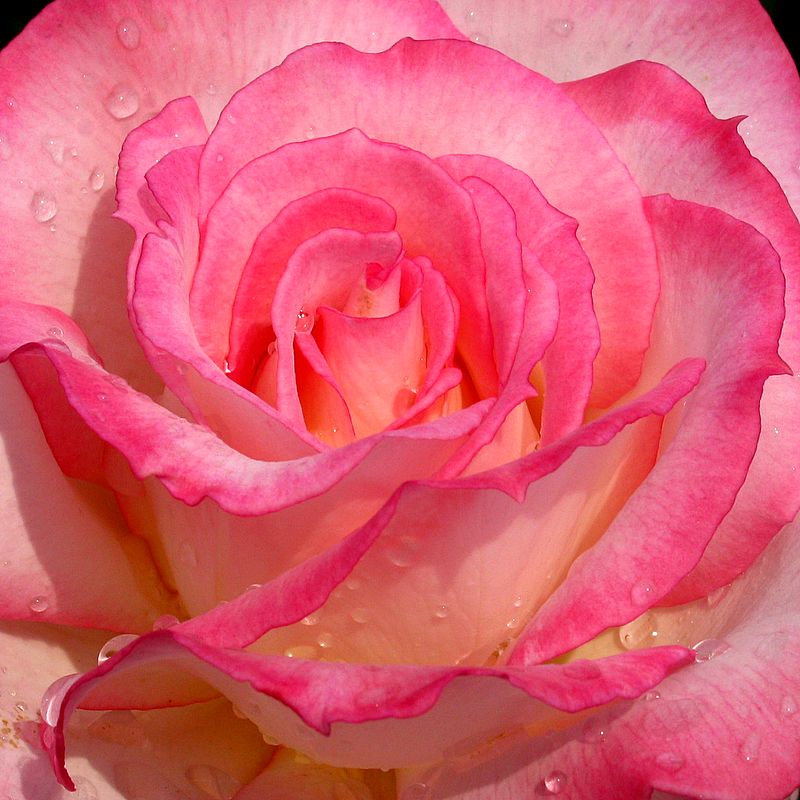
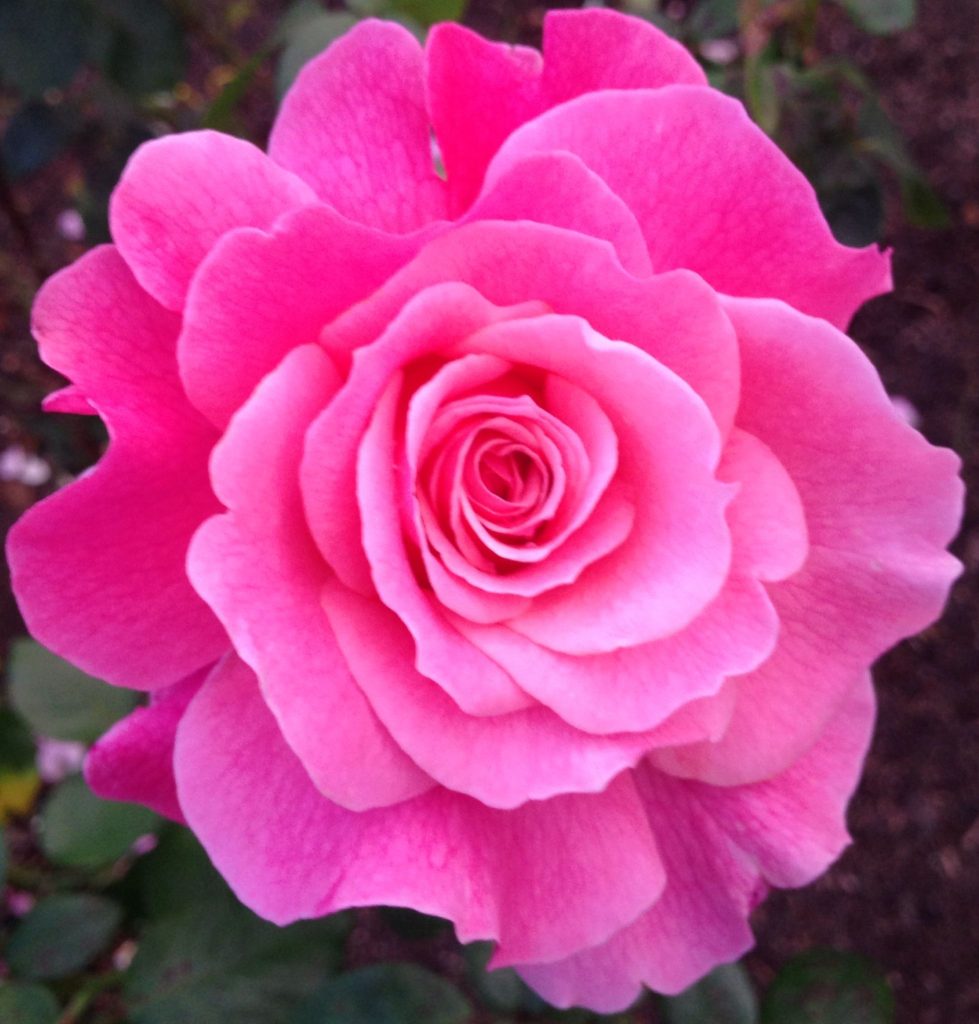
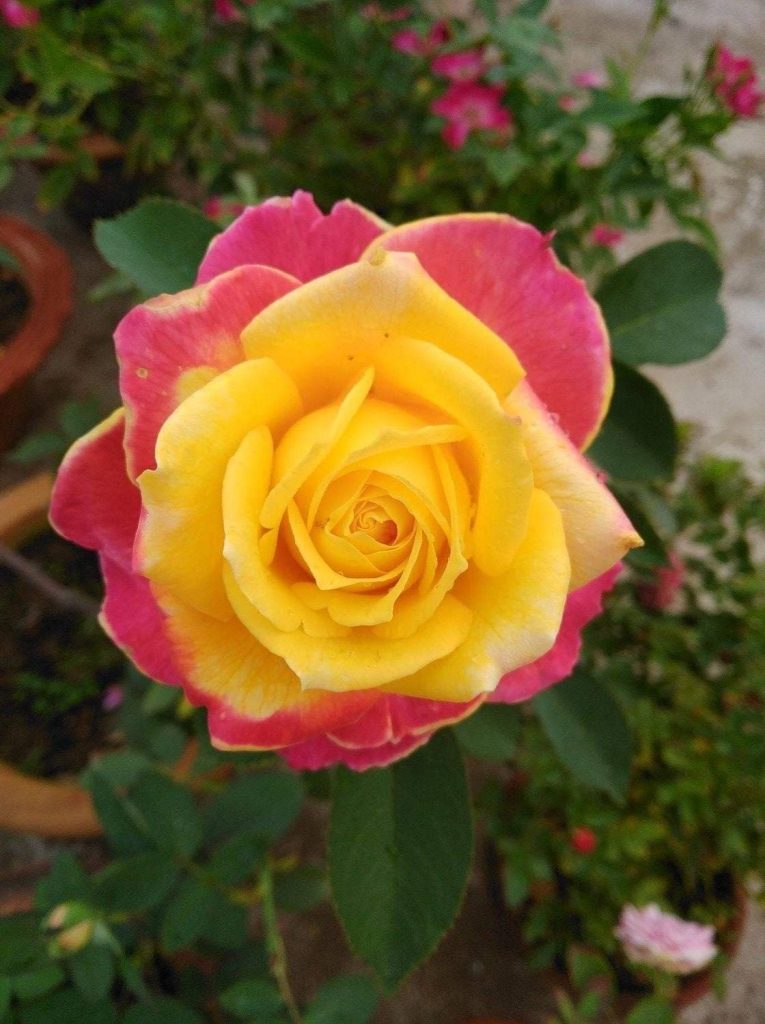
Aesthetic Appeal: Beautifying Your Garden
In addition to its practical benefits, mulch also adds visual interest and aesthetic appeal to your garden, enhancing its overall beauty and charm. Mulch comes in a variety of colors, textures, and materials, allowing you to customize the look of your garden to suit your personal style and preferences. Whether you prefer the rustic look of shredded bark, the natural beauty of cocoa bean hulls, or the sleek appearance of black rubber mulch, there’s a mulch option to complement any garden design. By mulching your garden beds, you can create a polished, cohesive look that ties your landscape together and enhances its curb appeal.
Conclusion
Mulch is a versatile and invaluable tool in garden maintenance, offering a wide range of benefits for your plants, soil, and overall garden health. From conserving moisture and suppressing weeds to improving soil fertility and enhancing aesthetic appeal, mulch plays a crucial role in creating healthy, vibrant outdoor spaces. By incorporating mulch into your garden maintenance routine and using it effectively, you can maximize the health and beauty of your garden and enjoy the many rewards of a well-mulched landscape.
FAQs (Frequently Asked Questions)
- What is the best type of mulch to use in my garden?
- The best type of mulch for your garden depends on factors such as your climate, soil type, and aesthetic preferences. Organic mulches, such as wood chips, bark, straw, or compost, are popular choices for their ability to enrich the soil and suppress weeds. Inorganic mulches, such as gravel, stone, or rubber, offer long-lasting weed control and low maintenance. Choose a mulch that suits your needs and complements your garden design.
- How thick should I apply mulch in my garden beds?
- It’s generally recommended to apply mulch to a depth of 2-4 inches in garden beds, ensuring that the soil is covered evenly but not smothered. Avoid piling mulch directly against plant stems or tree trunks, as this can trap moisture and promote rot and disease. Rake or fluff the mulch periodically to maintain its appearance and effectiveness.
- How often should I replenish mulch in my garden?
- The frequency of mulch replenishment depends on factors such as the type of mulch used, weather conditions, and decomposition rate. Organic mulches may need to be replenished annually as they break down over time, while inorganic mulches like gravel or stone can last several years. Monitor the depth and condition of your mulch regularly and replenish it as needed to maintain optimal weed suppression and moisture retention.
- Can I use mulch around vegetable plants?
- Yes, you can use mulch around vegetable plants to help conserve moisture, suppress weeds, and maintain soil health. Organic mulches like straw, hay, or compost are ideal for vegetable gardens, as they break down gradually and enrich the soil with nutrients. Avoid using mulches that may contain seeds or chemicals that could harm your vegetable plants, and apply mulch carefully to avoid contact with edible parts of the plants.
- Is it necessary to remove old mulch before applying new mulch?
- In most cases, it’s not necessary to remove old mulch before applying new mulch, especially if the old mulch is still in good condition. Simply fluff or rake the old mulch to refresh its appearance and effectiveness, and then apply a fresh layer of mulch on top. However, if the old mulch is heavily matted, moldy, or decomposed, it’s a good idea to remove it before adding new mulch to prevent issues like compaction or nutrient depletion.




